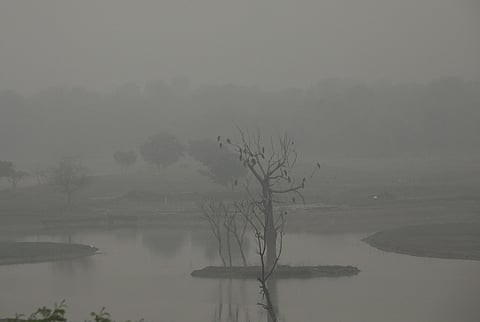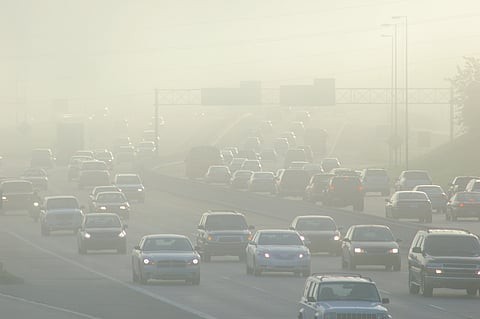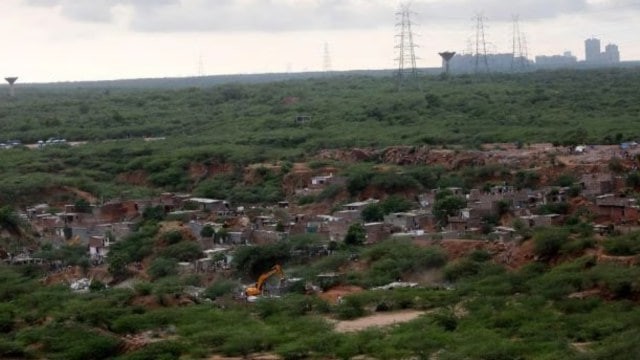




Disclaimer: Copyright infringement not intended.
|
Aspect |
Arctic |
Antarctic |
|
Location |
It Surrounds the North Pole (parts of Canada, the US, Russia, Finland, Sweden, Norway, Iceland, & Greenland) |
It Surrounds the South Pole |
|
Geography |
Ocean surrounded by land |
Landmass surrounded by ocean |
|
Ice Cover |
It is Mostly sea ice (floating ice) |
It is Covered by permanent ice sheets |
|
Temperature |
Winters can reach −90°F (−68°C) inland, summers can reach 50°F (10°C) |
Winters can drop to −128°F (−89°C), summers near coast can reach up to 30°F (−1°C) |
|
Daylight |
There are 6 months of daylight & 6 months of darkness at the North Pole |
There are 6 months of daylight & 6 months of darkness at the South Pole |
|
Flora |
Trees are scarce, but tundras helps lichens, mosses, & grasses |
There are only mosses, lichens, & algae grow, no trees |
|
Fauna |
There are Polar bears, Arctic foxes, caribou, seals, whales, & birds snowy owls |
There are Penguins, seals, whales, & birds Emperor penguins |
|
Human Presence |
Indigenous peoples like Inuit, Sami, & European from mining and oil drilling live there |
There are Research stations (no permanent settlements). Mainly governed by the Antarctic Treaty |
|
Key Economic Activity |
There are Oil, gas, & mining industries, fishing |
There are Scientific research, no major industries |
Source: Indianexpress
|
PRACTICE QUESTION Q. Analyse the role of sea ice in regulating global climate systems. How does its loss in both the Arctic & Antarctic accelerate the pace of climate change? 250 words |







© 2025 iasgyan. All right reserved